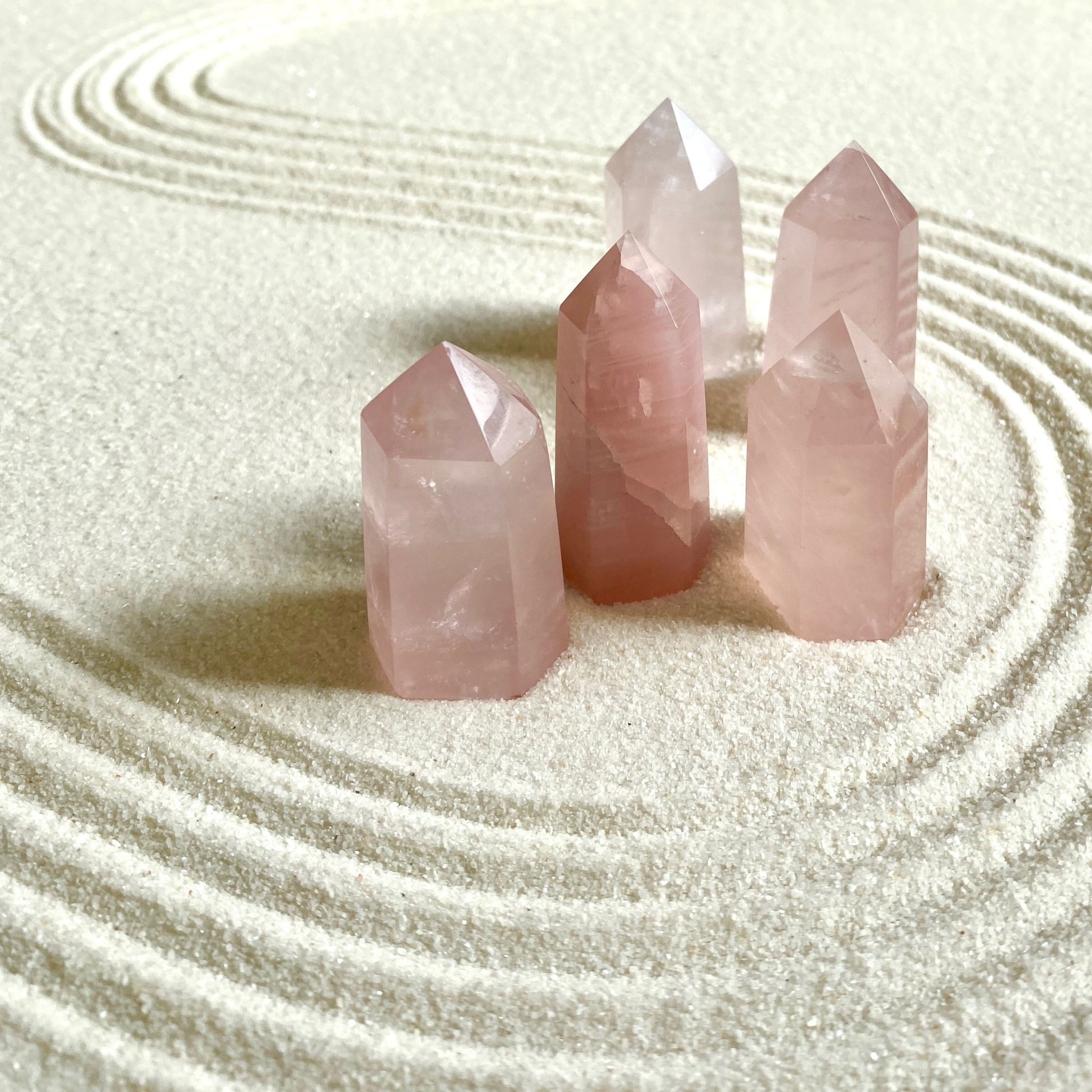Debunking Myths: What Energy Healing Is and Isn’t
Understanding Energy Healing
Energy healing is a holistic practice that has been gaining attention for its potential to balance and harmonize the body's energy fields. However, despite its growing popularity, there are many misconceptions about what energy healing truly is. In this article, we aim to debunk some of these myths and clarify the essence of energy healing.

Myth 1: Energy Healing Is a Replacement for Medical Treatment
One of the most common misconceptions is that energy healing can replace traditional medical treatments. It's important to understand that energy healing should not be considered a substitute for medical care. Instead, it is often used as a complementary therapy that can support overall well-being and assist in the healing process.
Myth 2: Energy Healing Is Only for Spiritual Believers
Another myth is that energy healing is only suitable for those with spiritual beliefs. While energy healing often incorporates elements of spirituality, it is not exclusive to any one belief system. People from various backgrounds, regardless of their spiritual views, have reported benefits from energy healing practices.

The Science Behind Energy Healing
While some may dismiss energy healing as pseudoscience, there is a growing body of research exploring its effects. Studies have shown that practices like Reiki and acupuncture can influence the body's autonomic nervous system and improve stress response. However, more research is needed to fully understand the mechanisms at play.
What Energy Healing Is Not
Energy healing is not magic, nor does it promise miraculous cures. It operates on the principle that the body has an innate ability to heal itself, and energy healers act as facilitators in this process. Practitioners work to clear blockages and restore balance within the body's energy fields.

Popular Energy Healing Modalities
There are various methods of energy healing, each with its unique approach. Some of the most well-known modalities include:
- Reiki: A Japanese technique that involves gentle hand placements to channel energy.
- Acupuncture: An ancient Chinese practice that uses thin needles to stimulate specific points on the body.
- Chakra Healing: Aims to balance the seven main energy centers in the body.
How to Approach Energy Healing
If you're considering trying energy healing, it's essential to approach it with an open mind and realistic expectations. Research different practitioners and modalities to find what resonates with you. Remember, energy healing is about enhancing your journey to wellness, not providing instant solutions.
In conclusion, understanding what energy healing is and isn’t can help demystify this practice and allow individuals to make informed decisions about incorporating it into their wellness routines. By debunking myths and acknowledging its potential benefits, we can appreciate energy healing as a valuable complementary tool in holistic health.